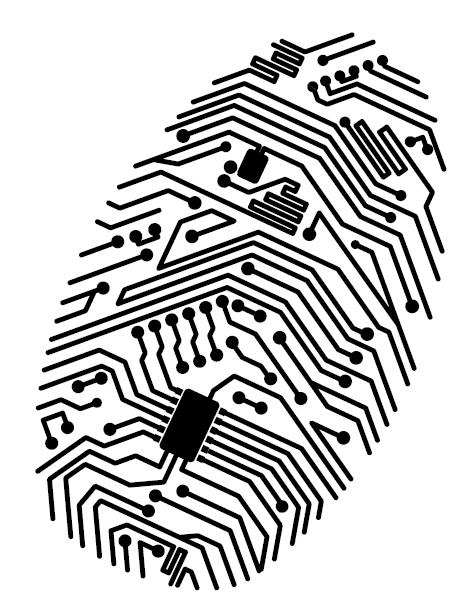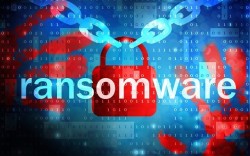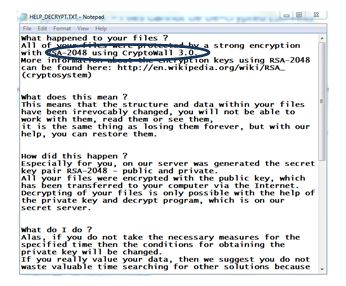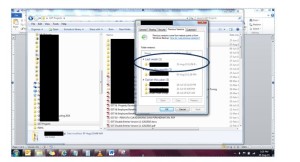
ThumbPrint
Unless you have been living in a cave or on a secluded island without internet connection, you may have come across the term ‘Internet of Things’ or IoT. According to Gartner, “The Internet of Things (IoT) is the network of physical objects that contain embedded technology to communicate and sense or interact with their internal states or the external environment.”
Living in an era where we have easy access to information at the tip of our fingers is now taken for granted. Going out of your home without your smart phone is absolutely unthinkable – well, at least for me. I can be connected with my friends & family members anytime and anywhere – it can’t get better than that right? Well, let’s re-think this carefully.
Security
I am a huge fan of Strava application. This mobile application uses GPS and mobile data to track your activity (be it cycling or running) – it tracks your mileage, exercise effort level (wattage), time taken to complete the activity and then, further provides data on your ranking against other Strava users on the same activity/route. As I cycle and run competitively as a ‘hobby’, Strava is a great way for me to track my improvements and also pit myself against my friends to be the Queen Of Mountain of a certain mountain anywhere in the world. Awesome! – well, maybe….
The great thing with Strava is that it is connected to Facebook. In fact, if you use your Garmin to track your activity, you can set up your Garmin to connect seamlessly to Strava on every activity tracked on Garmin. Notice the word I’ve used here: SEAMLESSLY. Yes, it is that easy. Friends on Facebook are able to know where I was or where I am currently at based on my post through Strava. Now, my friends can like my activity and comment as well. Let’s just say that a friend of my Facebook friend intends to track me and know my current whereabouts, s/he can definitely find all that information via Facebook. If s/he intends to break-in to my home (assuming s/he knows where I live), can do so as well – because I am not at home – I’m still cycling back to my house. Dangerous? Am I inviting trouble? You bet! The internet of things have enabled different types of devices to be connected seamlessly and we love that; however, have we ever stopped to think of the danger that we’re opening ourselves up to? It doesn’t take much to be information technology savvy to track a person’s whereabouts.
We love to tell our Facebook friends where we are at by posting “Agnes Yew checked in at Mid Valley” or “Agnes Yew checked in at Madam Kwan, Mid Valley City”. Have you ever stopped to think that we’re providing information to people on our whereabouts willingly and this could be used to our disadvantage?
Time to stop and think…
Data Breach
Ashley Madison was recently hacked and it was let out that the hackers had access to its customer database and have posted the information on a public website for all to see. Ashley Madison is a discreet website which allows their customers to hook up with other folks who are interested in dabbling in a little fun outside the marriage bed. If you were a registered customer (married or attached) of Ashley Madison, you’ll be jumping or maybe peeing in your pants as the list of customers are now in the hands of hackers and shared on a public website.
Personal data is very much valued by consumer marketing companies and anyone who has access to a database has the upper hand to sell that information. I’ve been bombarded with these annoying SMS(es) on properties going on sale and what not every day. Yes, every day. I have to add these numbers under SPAM. It’s annoying as I don’t know where and how they got my mobile number. It could be when I got on the internet and signed up for some newsletter and I did not read the fine print and,or, I did not un-check a box to unsubscribe.
The Personal Data Protection Act in Malaysia was gazetted in 2010 and has been in enforcement from April 2013 on-wards. PDPA is supposed to protect consumers whereby companies holding our personal data are obligated to set up policies and a structured framework to ensure that the data is stored safely and not be leaked out. In my opinion, Malaysia is still in its infancy in comparison to US or EU, in terms setting up a stringent DPA (Data Protection Act) framework. Companies are not investing in being PDPA compliant unless they are required to by the Ministry. At the moment, the Finance, Telecommunications and health industry players are required to be PDPA compliant.
As a Malaysian consumer, we have every right to be concerned if companies managing our personal data are not enforcing a certain measure of security to ensure that our data is safely kept. Companies in Europe and US are willing to invest huge dollars in a Security Information Event Management (SIEM) solution to manage internet threat intrusions. At the moment, the Multimedia and Communication Ministry has not published any data on companies in Malaysia that are allocating budgets for SIEM or some sort of Internet Security application.
Time to stop and think….
How to Be Safe
I want to be safe. I want my family members to be safe as well. What measures am I taking to make sure that only people I want to know about me, know about me?
• I and my family members do not post our actual profile pictures on Watsapp, LINE and Facebook.
• I clean up my friends’ list in Facebook every three months. ‘Friend of Friends’ will be deleted.
• I read and uncheck boxes when I sign up for newsletter/etc. online. I read the fine print.
• I do not post my Strava activity until I get home – Announcing that I am Queen of Mountain can wait.
• I do not ‘check in’ to any location using Facebook. Yes, I may miss getting some discounts from that restaurant or shop by not checking in but I really don’t think it is worth letting people know where I am at.
• I block all sms’ numbers that are marketing in nature and park them under SPAM.
Different folks may have different appetites of risk tolerance towards being bombarded by SPAM or wanting to let the world know what they are doing or where they are at. The effort level you put into ensuring that you and your family members are safe is a choice and for me, is a very important choice.
Stop and think…..
For PDPA Training/Advisory or Internet Security Applications, drop us an email at avantedge@pkfmalaysia.com or contact us at +603 6203 1888.
by Agnes Yew, PKFAE Project Manager




